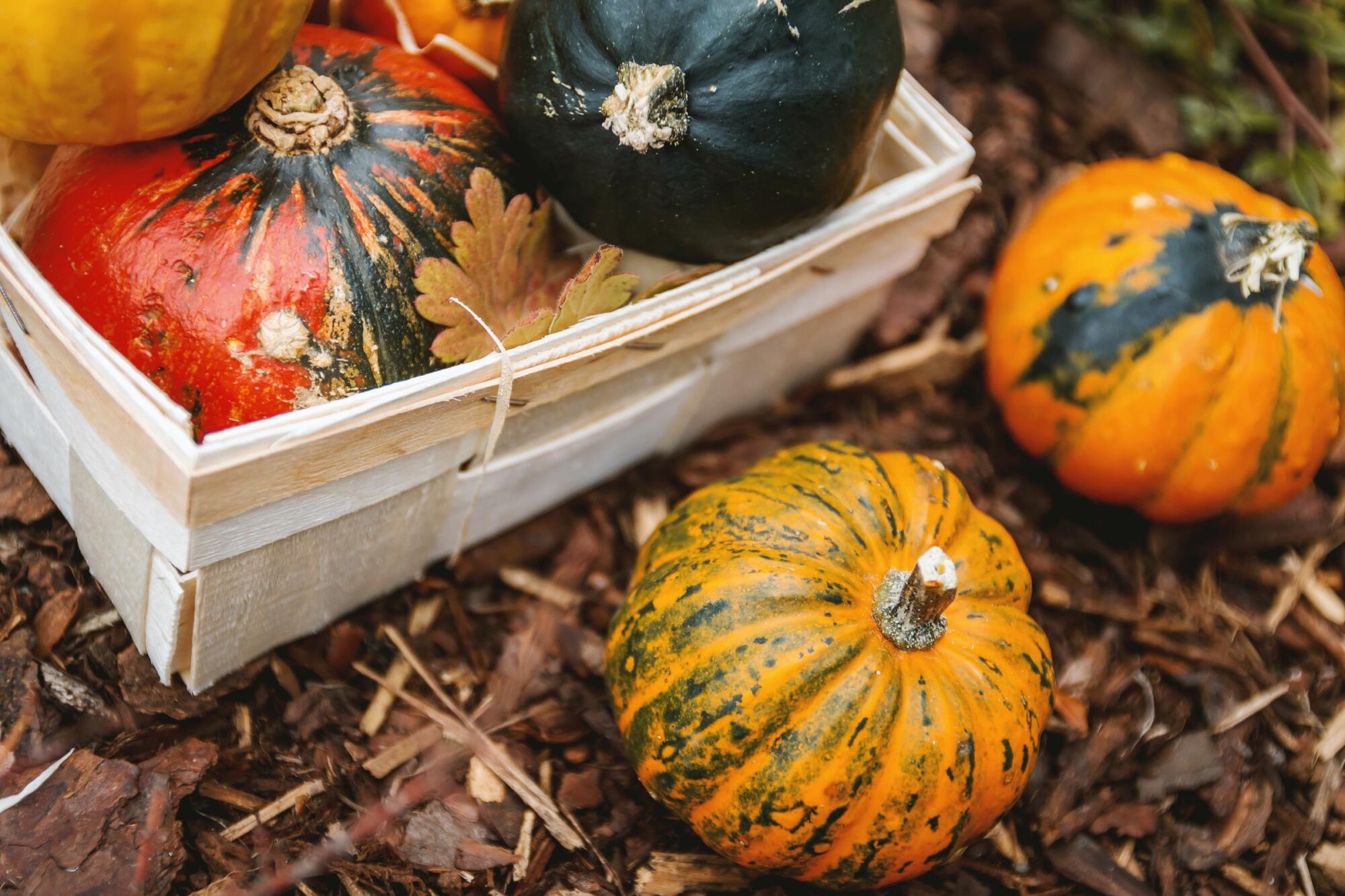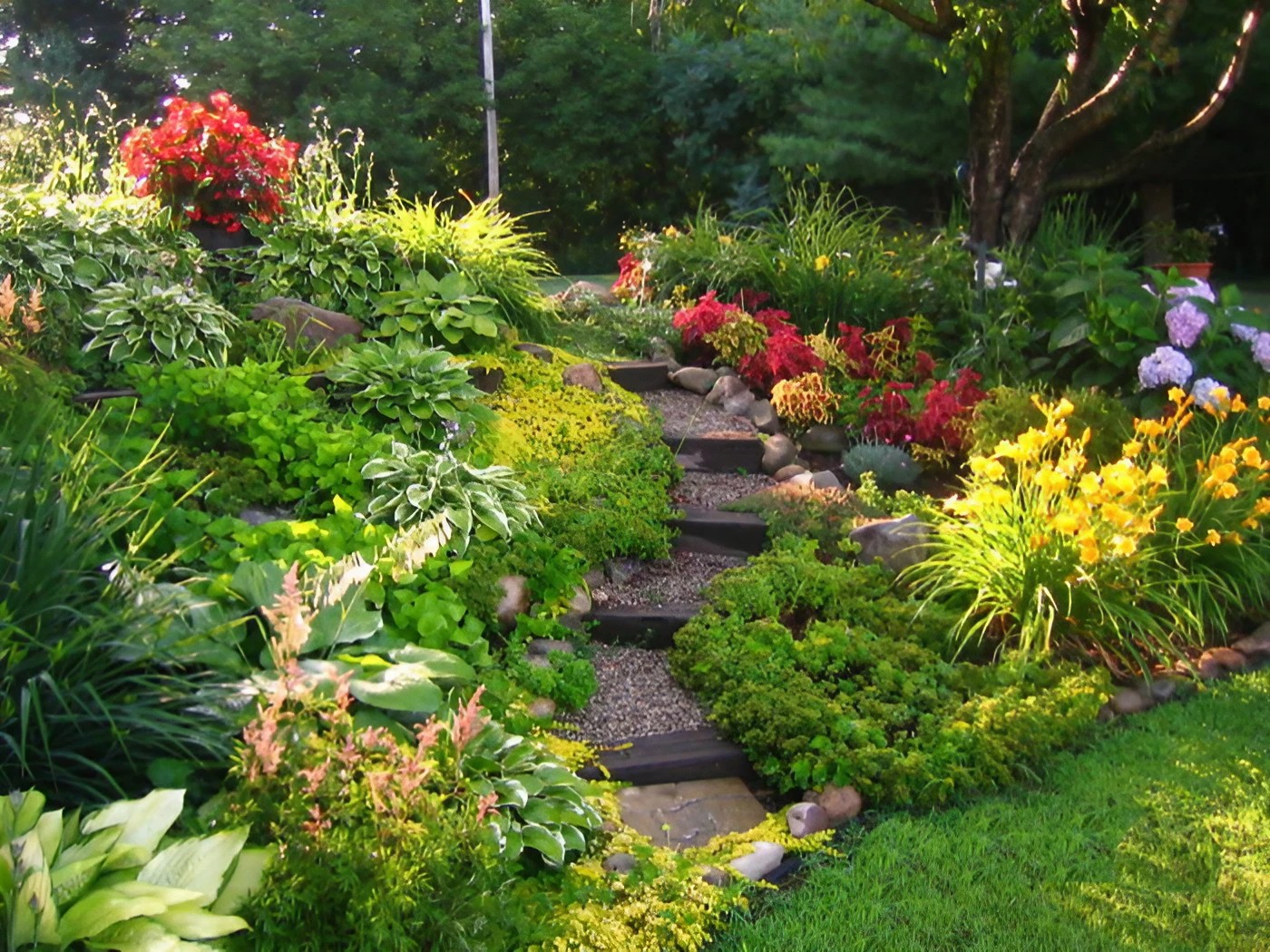Healthy soil is key to a bountiful garden. An urban garden plot can possess eight hours or more of sunlight, no pests, a well-run sprinkling system, the ideal amount of humidity or perfectly timed rain showers, but if the soil is subpar, your plant life will be too.
That is why mulch is soil’s best friend. Applying a two-inch layer of organic mulch — shredded wood chips, bark, straw, pine needles or fallen leaves, or a combination of all — offers a boost to any urban garden. Mulching in the springtime is a no-brainer to kick off the growing season, but the real path to soil success starts earlier: in the wintertime.
Start with the Right Type of Soil
Enhancing your garden soil is not a one-and-done procedure. Every season poses new threats to the health of garden soil, be it due to weather, erosion, air quality, pests, or even humans. Using high-quality soil and gardening supplies — in the spring and in the winter — provides the best results for a bountiful growing season.
Benefits of Mulching in Winter
Unlike springtime’s goal to retain moisture and prevent weeds, mulching in the winter reaps a different set of benefits.
Assists Mother Nature
First off, let’s begin with a horticultural lesson. Plants, including perennials, shrubs, and deciduous trees, need a dormant cycle to survive. It’s a period in an organism’s life cycle when growth and development shut down temporarily. The organism minimizes its metabolic activity during dormancy — typically associated with environmental conditions like low seasonal temperatures and/or when water is scarce — to conserve energy leading up to the growing season when metabolic activity is high. Foliage may stop growing or fall off, but the root system continues to thrive below ground.
Protects Roots
Organic mulches offer a variety of wintertime benefits, mainly to protect those tender roots from erosion and temperature flux. Steady soil temperature is key to surviving the winter and thriving in the growing season. A solid blanket of mulch protects an organism’s dormancy by minimizing frost damage and extreme temperature variability. If spring teases roots and stems into growing too soon, the next winter storm will shock their fragile new growth and potentially damage the entire plant system.
Adds Nutrition
Once spring has finally “sprung” according to your local weather sources, organic mulches can be lightly tilled into the soil to improve its nutritional value. As the mulch breaks down, it pumps nutrients into root systems, which then get further moved around by earthworms. It breaks up clay to allow for better water and air movement in the soil, and encourages sandy soil to improve its ability to hold water.
When to Mulch This Winter
Don’t put away your gardening supplies just yet. A dip in temperature may suggest it’s time to shut down the garden, but it’s not. Apply your winter mulch just after the first hard frost to stabilize the soil near-freezing temperatures.






